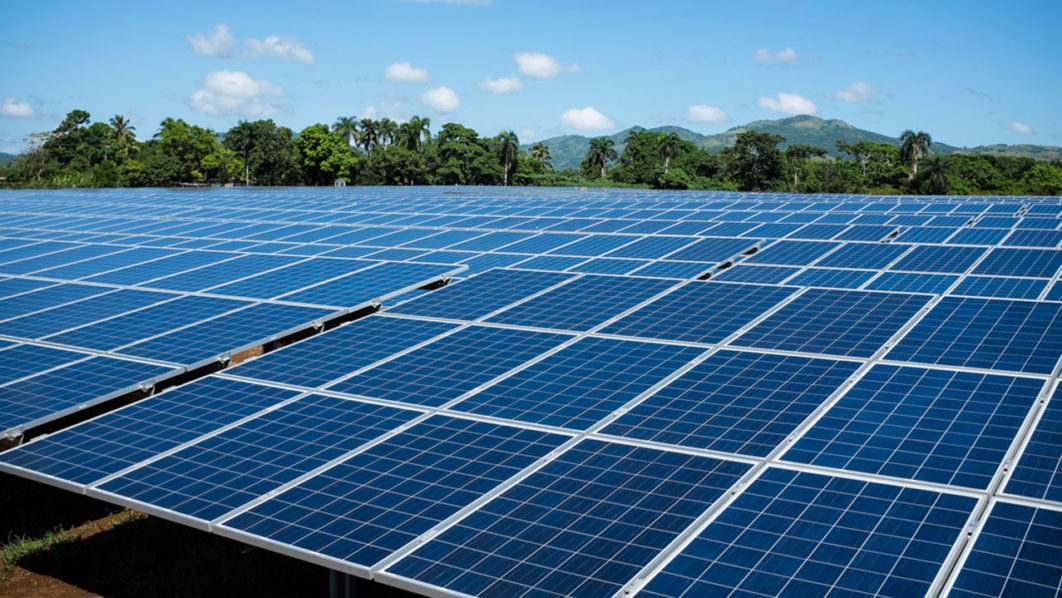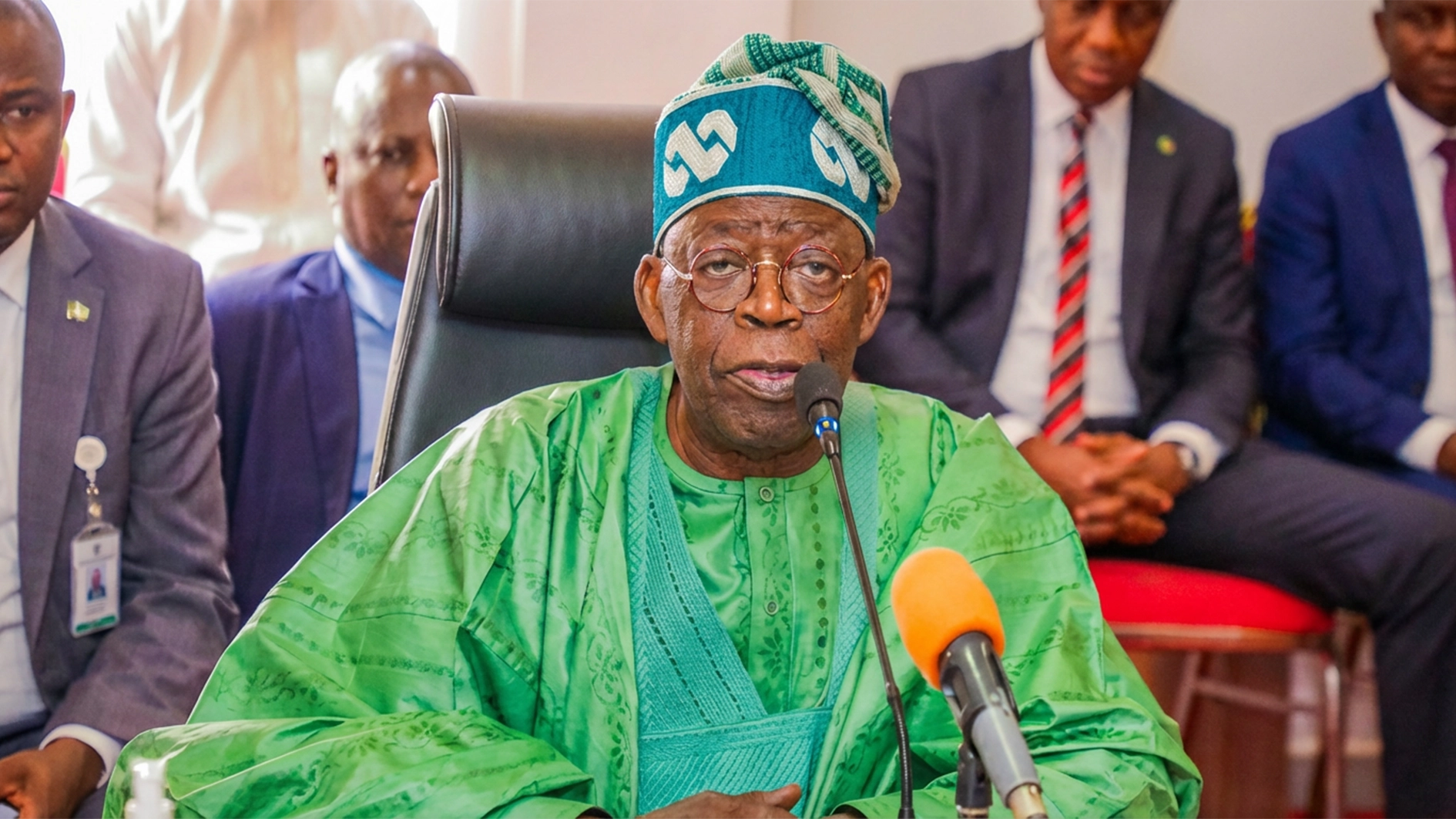
The International Energy Agency (IEA) has projected a shift in global energy consumption patterns, with electricity demand expected to grow six times faster than overall energy demand over the next ten years.
The projection was made by the Executive Director of IEA, Dr Fatih Birol, at the global conference on Energy and Artificial Intelligence (AI) on Thursday, which was monitored by The Guardian.
Birol mentioned that the largest driver of global electricity consumption is the increasing number of air conditioners around the world, highlighting that in Nigeria five per cent of households own an air conditioner while it is 90 per cent in the United States and Japan. He stated that increasing temperature is another driver, noting that electrification of the transportation sector, electric cars among others are another strong driver of electricity consumption in the next few years.
He added that data centers around the world are another driver of global electricity consumption, noting that the electricity consumption of a data center today is equal to the electricity consumption of 100,000 households equivalent, an average city in many parts of the world.
He, however, noted that the issue becomes more complex as, while the global average of electricity consumption attributed to AI may not seem particularly impressive today, it is notably impactful in certain local contexts.
Birol emphasised that AI would have great potential to transform the electricity sector by making the batteries cheaper and better, transforming and optimise the energy infrastructure, especially the grids, to make them smarter and to make them more efficient and they can maximise the capacity of the lines, which is another area that we can see a major impact from the AI and the energy sector.
“And today, according to our numbers, we see that the AI sector is by far the largest corporate sector in terms of renewable consumption, major renewable consumption, plus there are already planned almost 10 gigawatts of small model reactors (SMRs), the AI companies have been announcing how much energy is needed for AI and how AI can change the energy sector. So in this context, as the International Energy Agency, we like to have or try to address complex issues, we have decided to make this issue a priority for our work. And most important one, we thought our contribution to the players, to technology companies, governments, energy companies, would be to put numbers on the table,” he said.
Chief Sustainability Officer of Google, Kate Brandt, said the global community is beginning to see how AI can drive critical new solutions across our economy.
She stressed that there is a tool called Solar API where AI is used to analyse aerial and satellite imagery to provide solar developers with much better information about the solar potential of rooftops to speed and reduce friction to getting more solar deployed which is available in 40 countries around the world.
Brandt mentioned that her team is looking at how AI can better map grid networks, provide grid operators with more information on how they can decarbonize more quickly.
She highlighted that since 2010, they have developed a robust portfolio of 14 gigawatts of power purchase agreements globally, which is projected to represent a substantial investment of approximately $16 billion by 2040.






